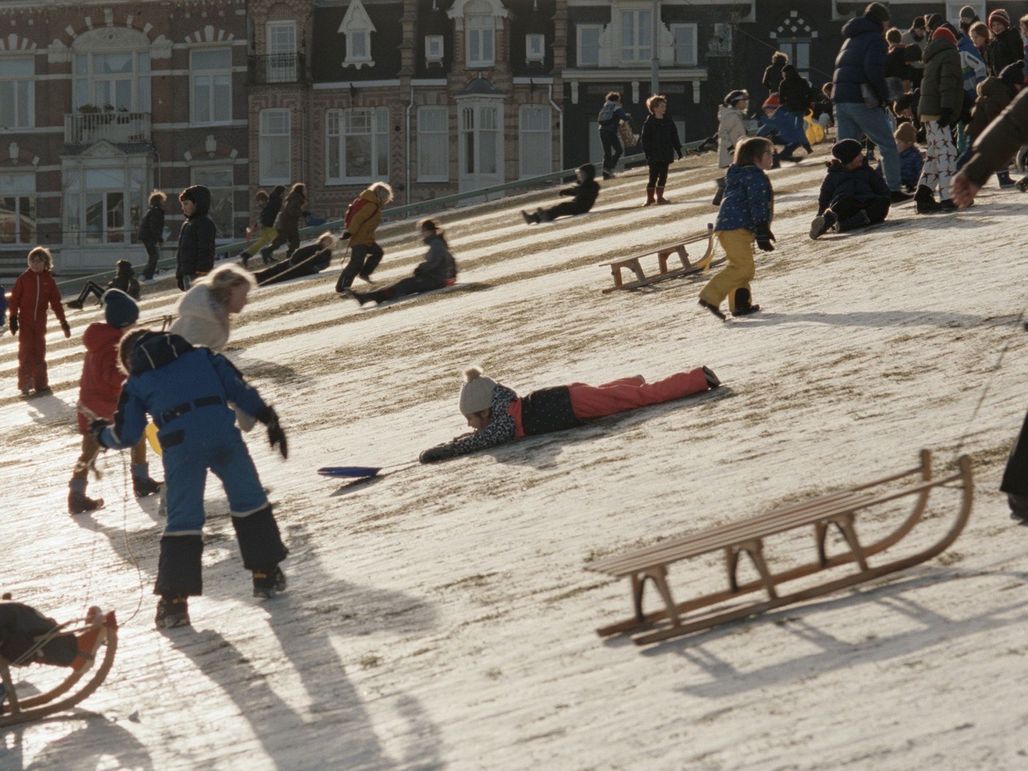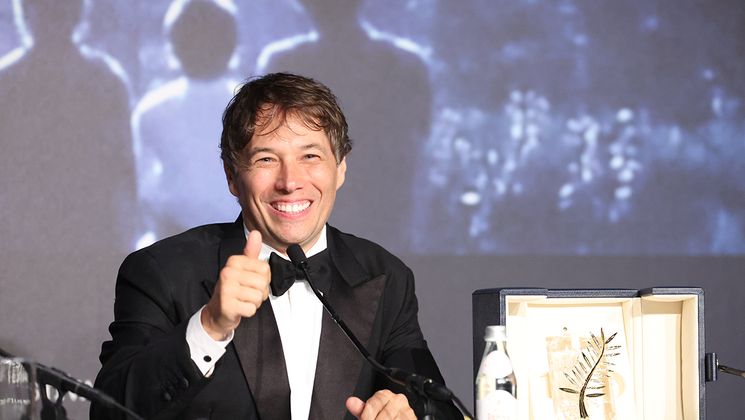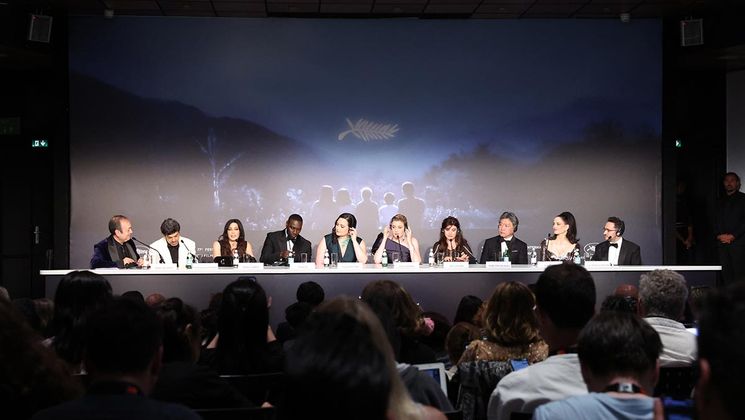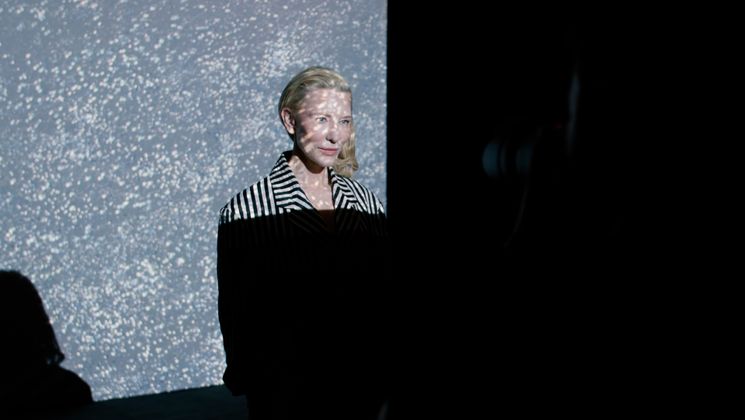
Anatomy of a city by Steve McQueen with Occupied City

Winner of the Caméra d’or with his feature film Hunger in 2008 , and the Oscar for Best Picture with Twelve Years a Slave in 2014, Steve McQueen tries his hand at a new genre with his new film presented in Special Screenings at the 76th Festival de Cannes. Occupied City is a contemporary and historic documentary about Amsterdam, the British director’s adopted city.
The past speaks to the present in the capital of the Netherlands. Filmed in the middle of the Covid-19 pandemic, Occupied City bridges the gap between the last decade, which was marked by social movements, and the German army’s occupation of the city during the Second World War. The film drew its inspiration from the book Atlas of an Occupied City (Amsterdam 1940-1945) by Bianca Stigter, which is extremely well documented historically and which Steve McQueen refers to in order to describe Amsterdam in times past.
Throughout the city’s streets, squares, and parks, plaques recall the crimes committed by the Nazi occupiers during the war. For four hours, the neutral narration of Melanie Hyams evokes this traumatic past over contemporary images by Steve McQueen, who never yielded to the temptation of inserting a single archival image into his documentary.
An expansive meditation on memory, Occupied City delves into the past to better examine our common future in the face of rising extreme right-wing nationalism, within the microcosm of Amsterdam as elsewhere in the world, and weaves common parallels in the form of a warning because, for the Oscar-winning director, “This could quite easily happen again.”


